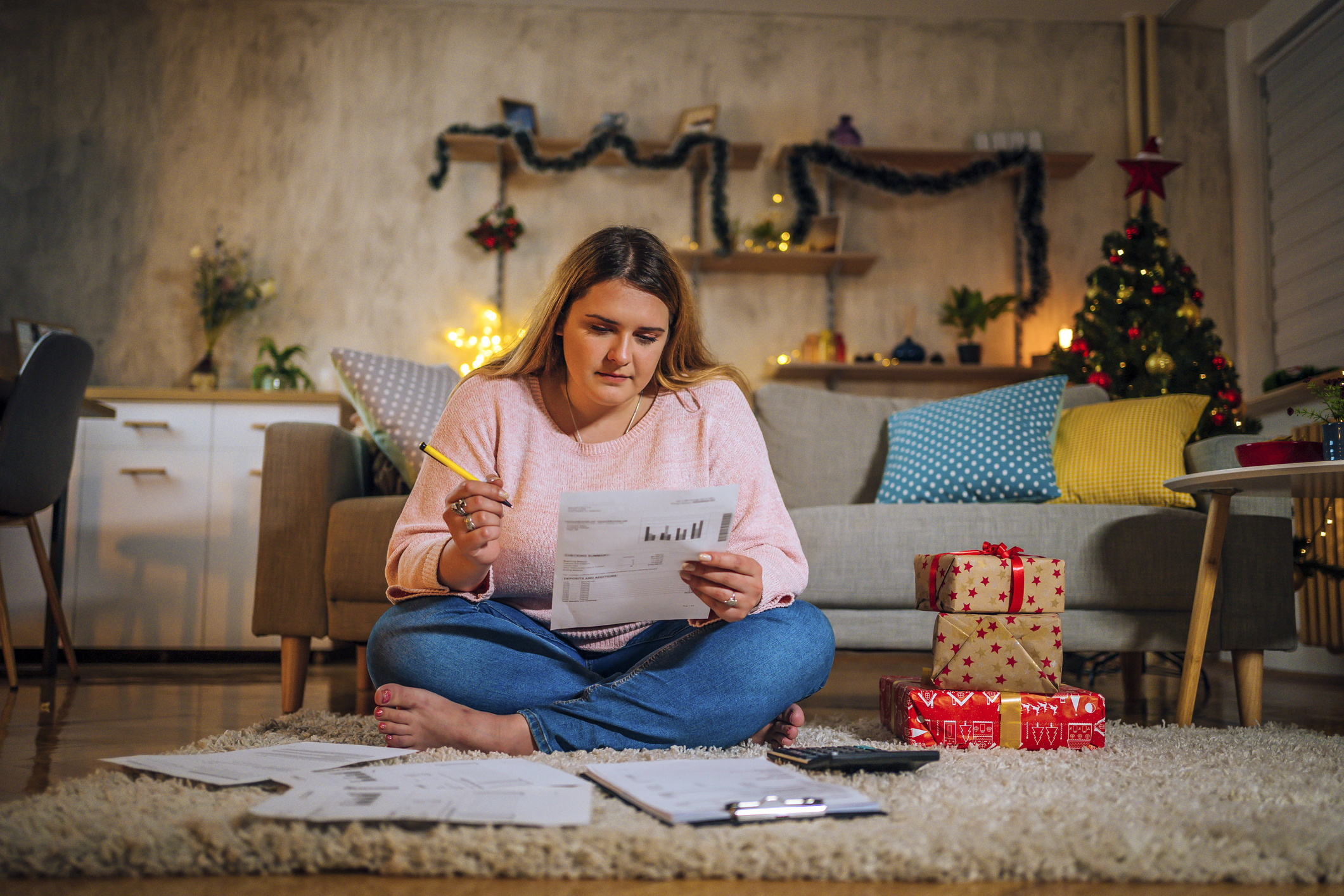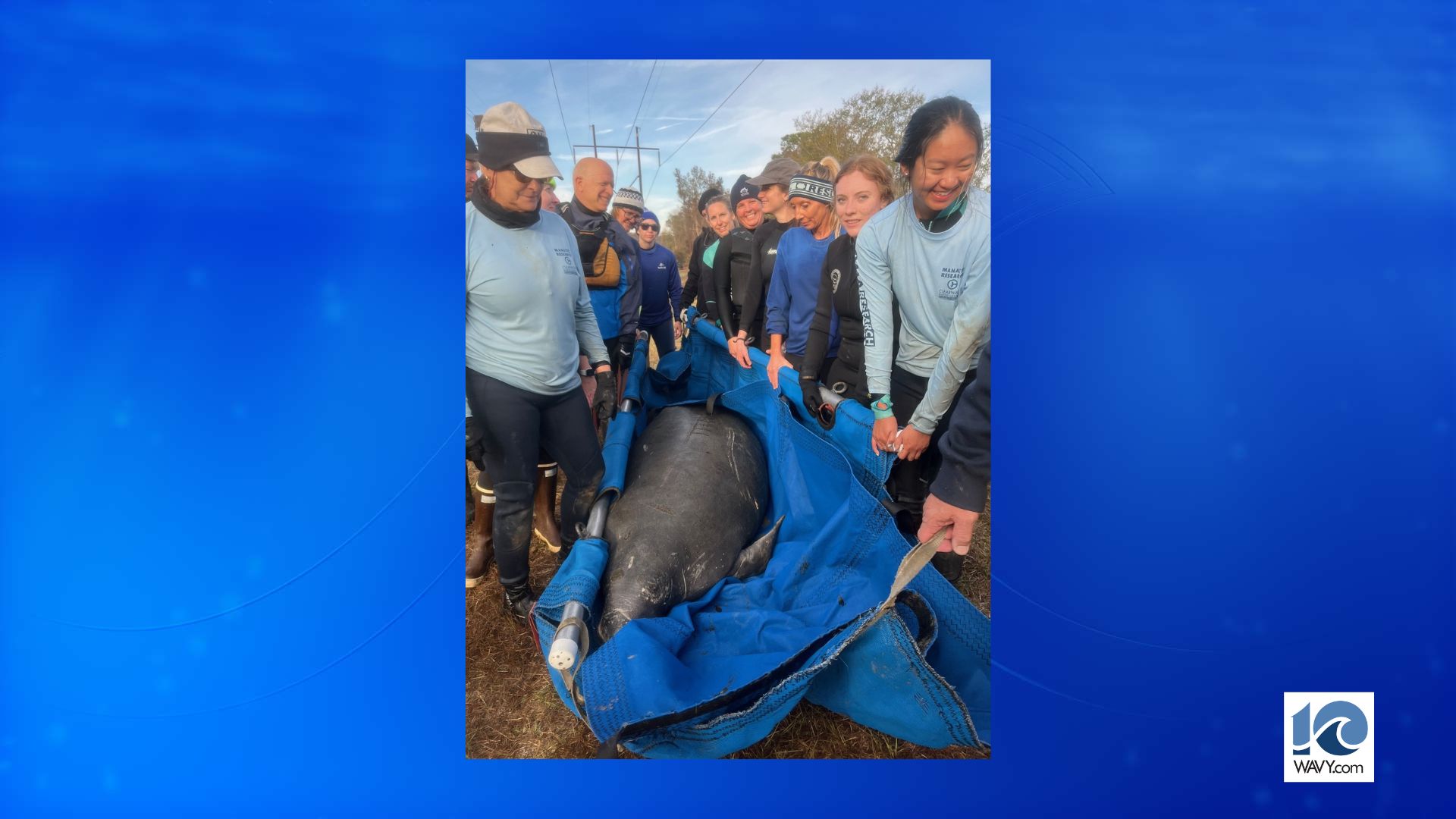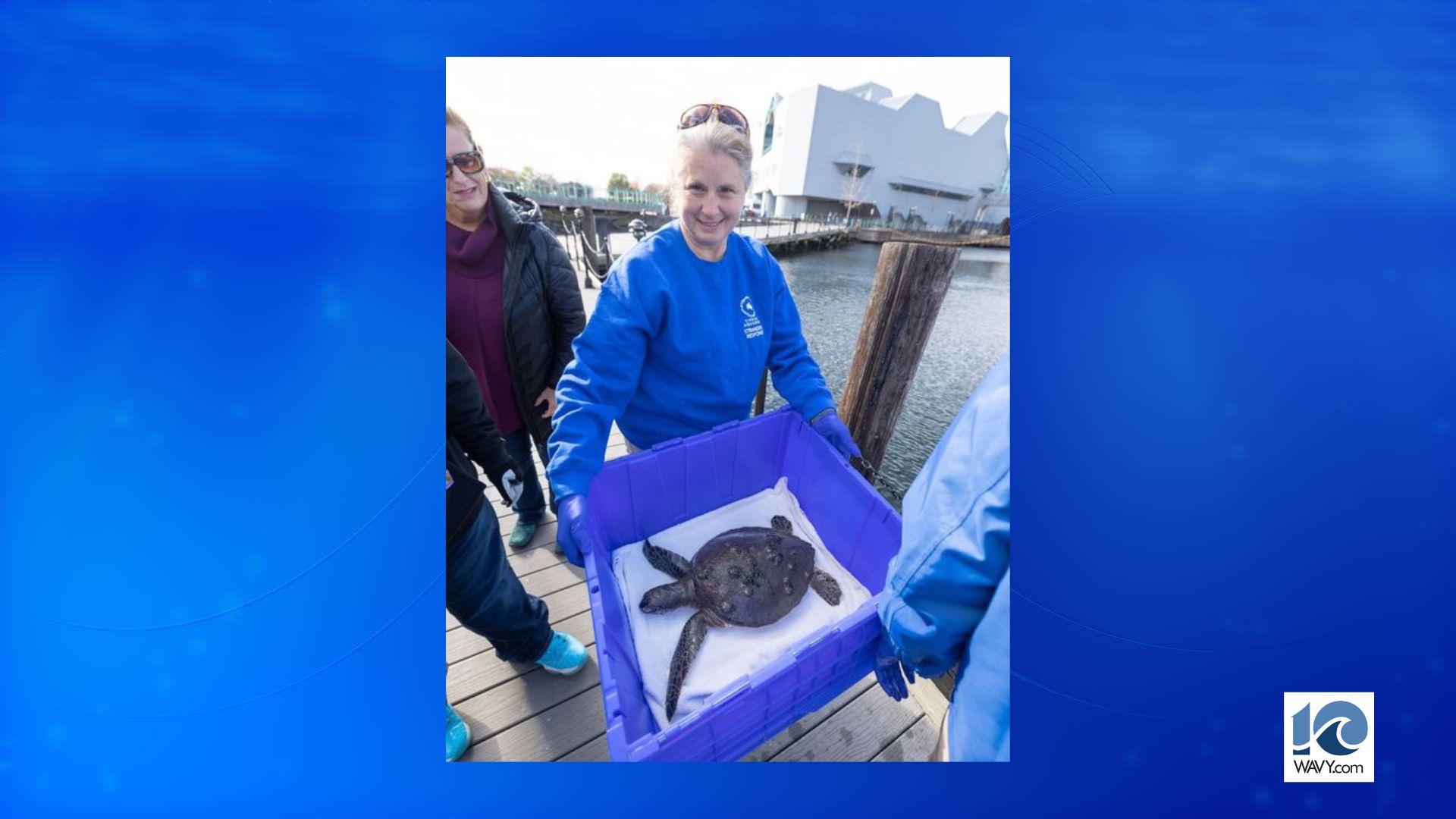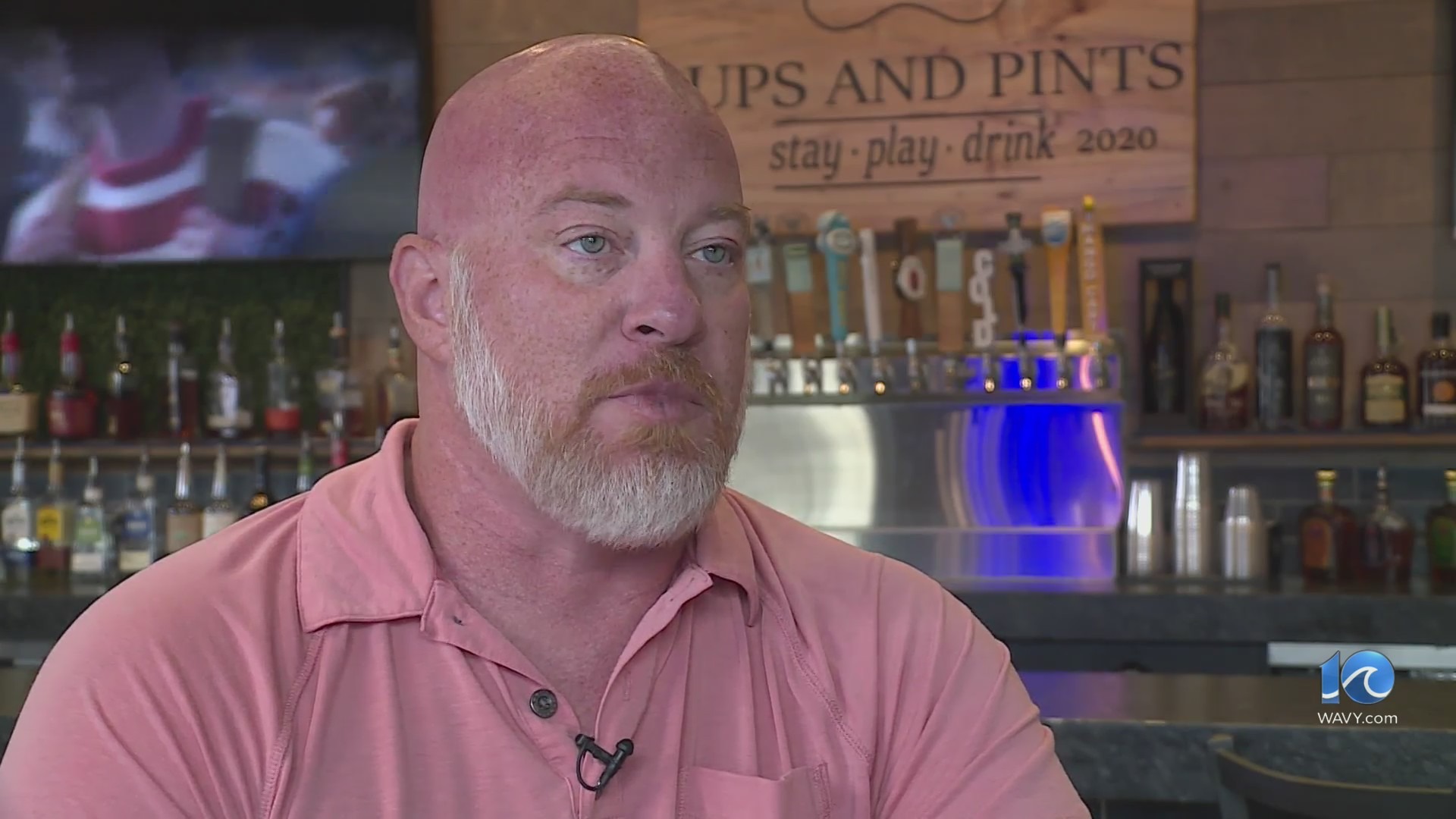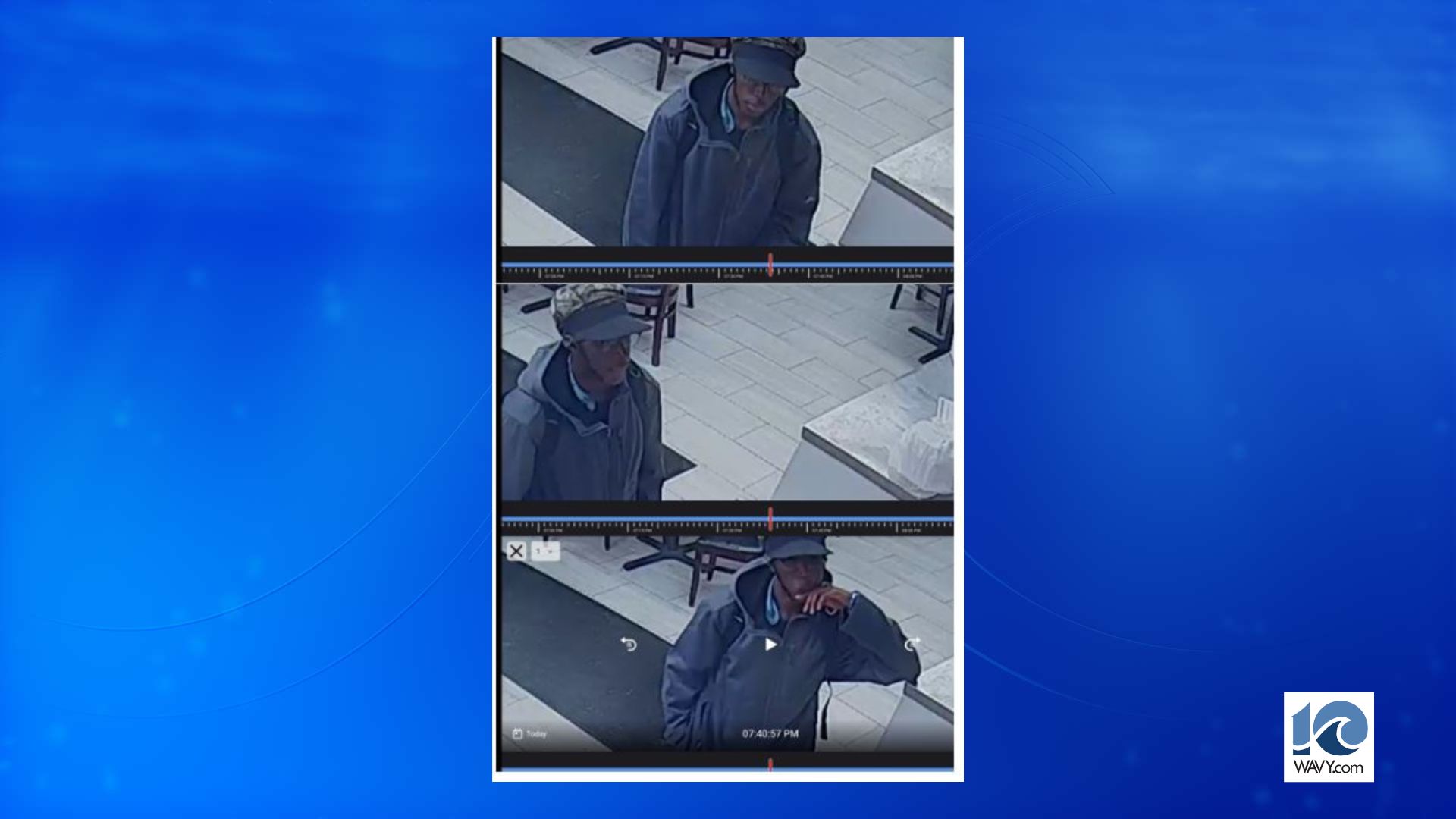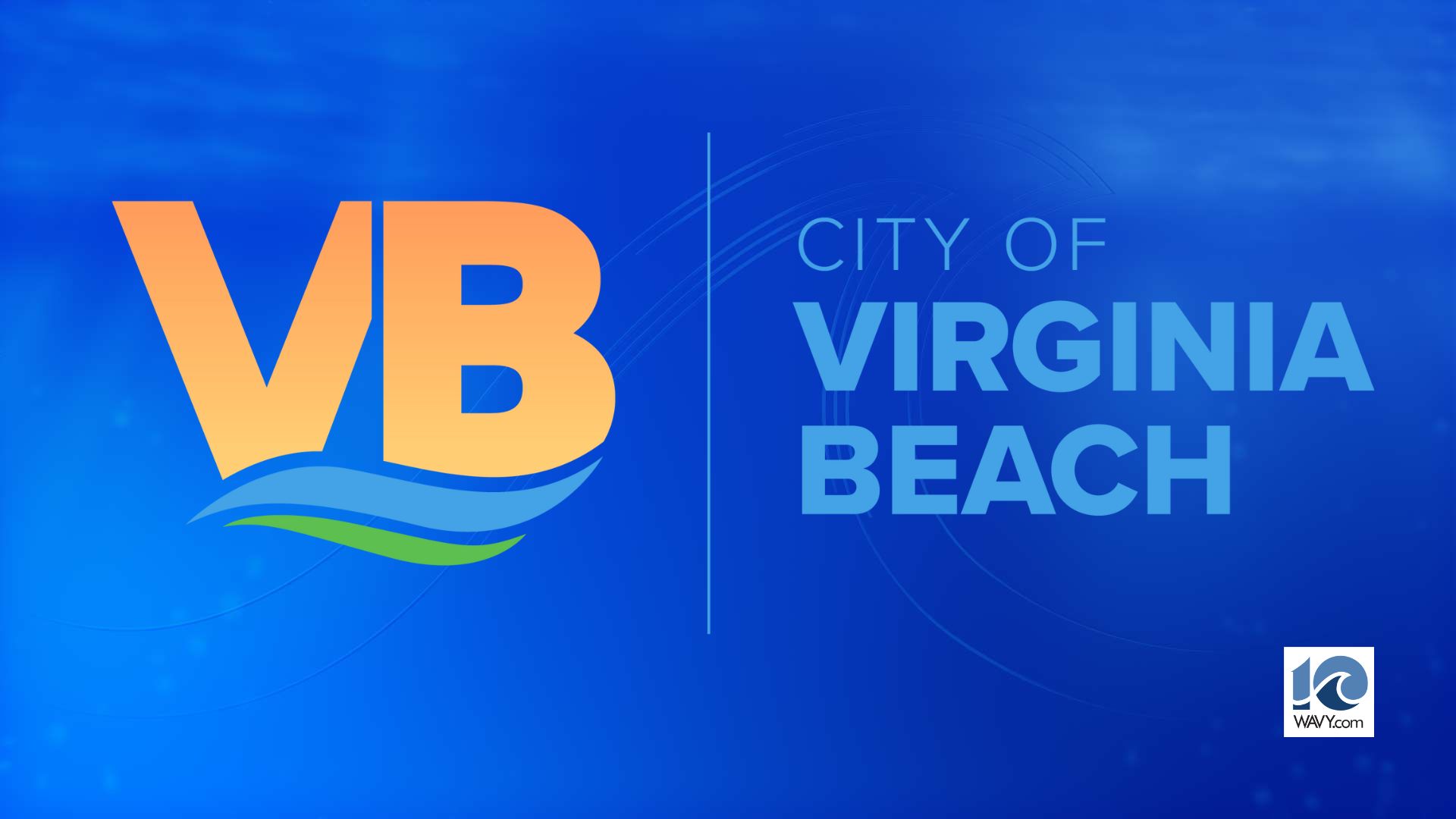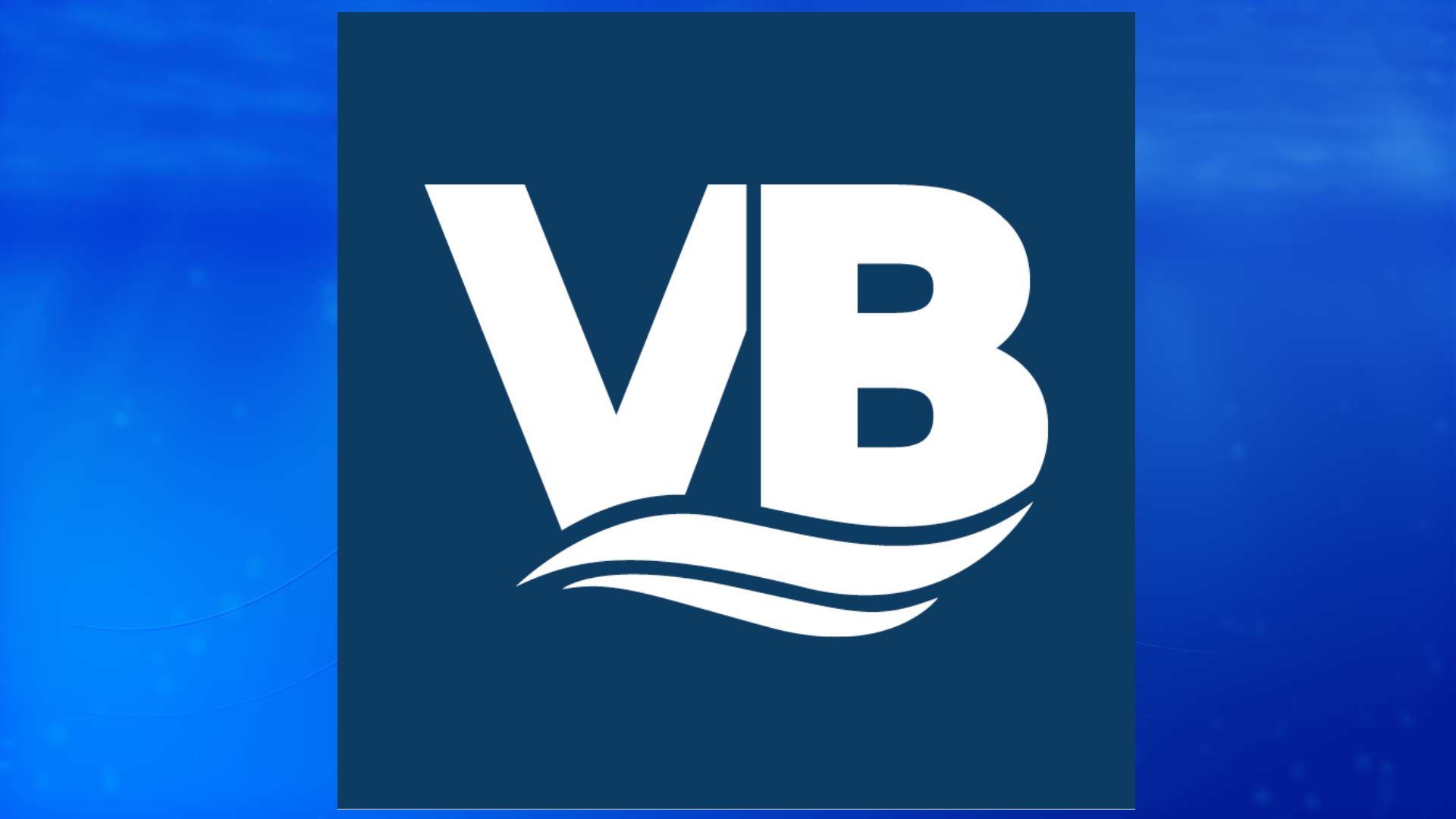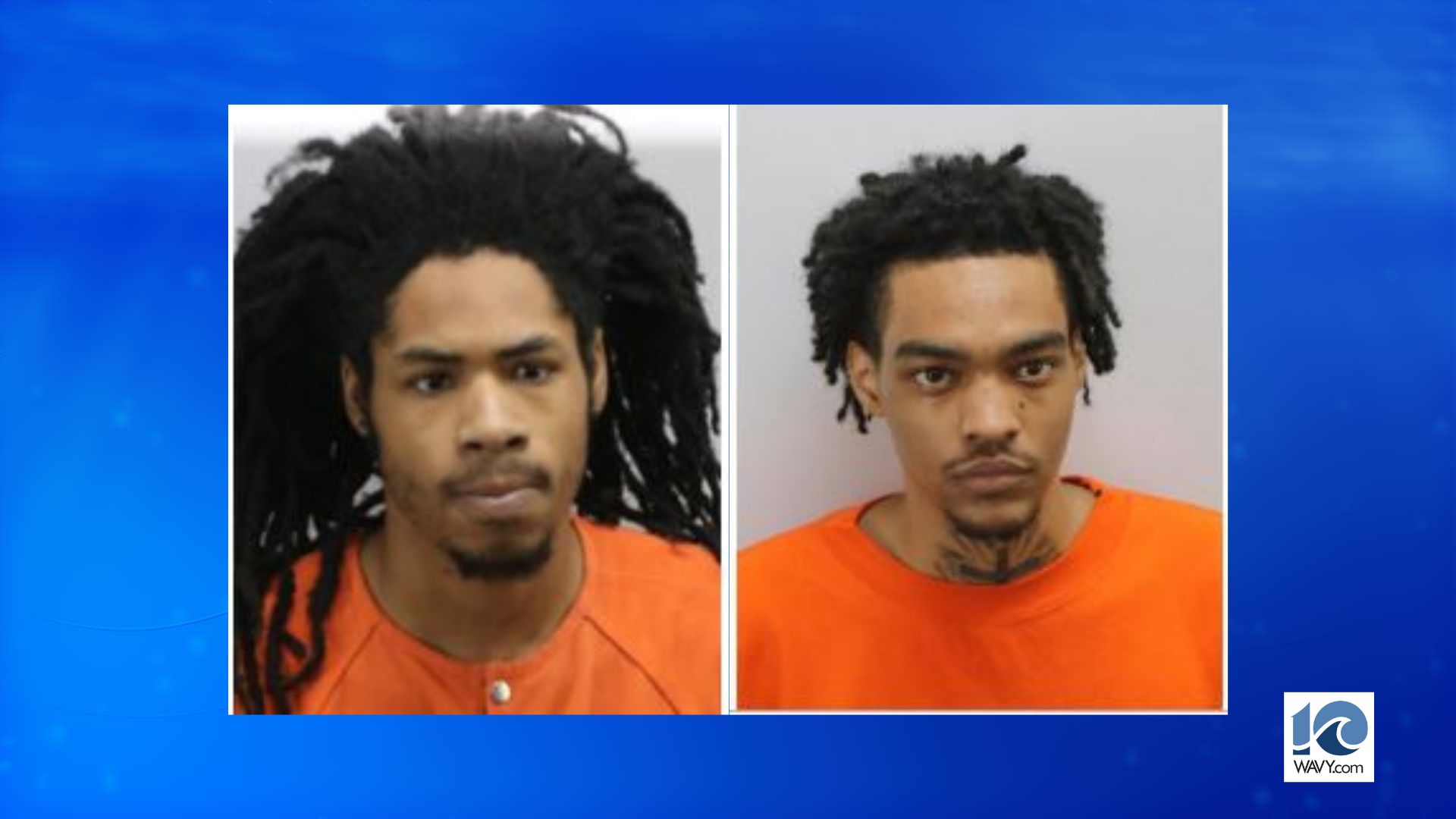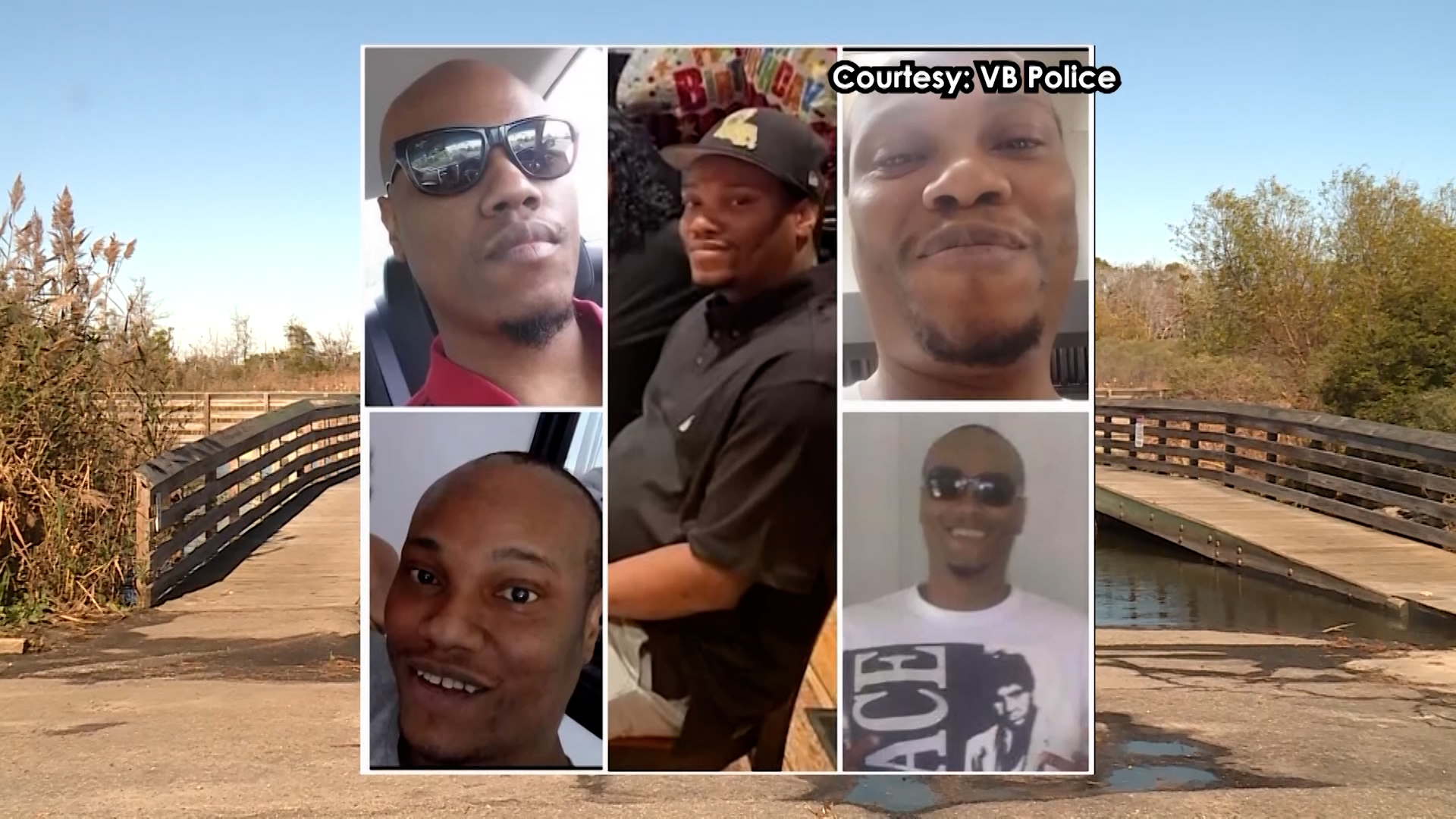A plan to provide flooding relief to neighbors in Ashville Park could ultimately be put into motion with an agreement to fund the project in Virginia Beach’s 2019 budget.
Monday night, the 10 current sitting members of the Virginia Beach City Council agreed to change the city manager’s initial proposed budget in order to eliminate tax increases.
However, what wasn’t cut was $6 million to help fund improvements to stormwater runoff in the development, which lies between Redmill and Pungo.
In October 2016, Hurricane Matthew inundated most of Hampton Roads with rain. Ashville Park in particular saw 13 inches of rain, according to the City of Virginia Beach. Their stormwater drains couldn’t keep up, and retaining ponds put in as part of the drainage system continued to rise.
Following the storm, Deputy City Manager Tom Leahy told WAVY.com that the developer who began building the neighborhood in 2006 went bankrupt in 2008 and had to walk away. The city had no choice but to accept the drainage system as it was. Normally, the city would do a final inspection and require changes to anything deemed inadequate.
Neighbors have continued to push for a fix, and for years no physical action has occurred. But that all could now change.
“The project will start sometime this year and complete in 2021,” said Councilman John Moss. “We still have homes that got water in their houses.”
The $6 million will be added to $2 million previously allocated from the city and $3 million from the developer, HOFD Ashville Park, LLC, to complete the $11 million phase I improvements.
Under the agreement, the city will construct a pump station and gated weir at Flanagans Lane, complete ditch and culvert improvements associated with raising Sandbridge Road at the New Bridge Road intersection and stabilize Princess Anne’s farm ditch.
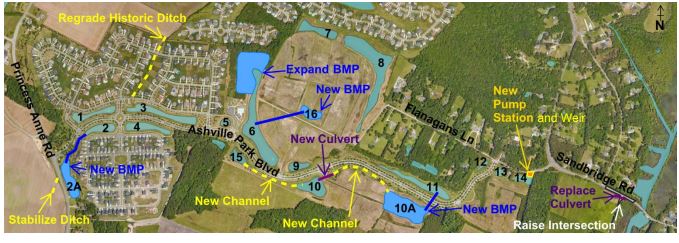
The developer on the other hand will build new retention ponds and canals to keep the water moving.
Water would still pond in yards and streets after all this work, but it would drain away faster, according a presentation given by Leahy. An eventual Phase II would aim to solve that issue.
“Try to get everyone’s projects done to get water out of their homes,” Moss said. “Then you start around the other end of the loop and fix the secondary problems.”
The whole project depends on the FY 2019 budget vote scheduled for Tuesday, May 14.






